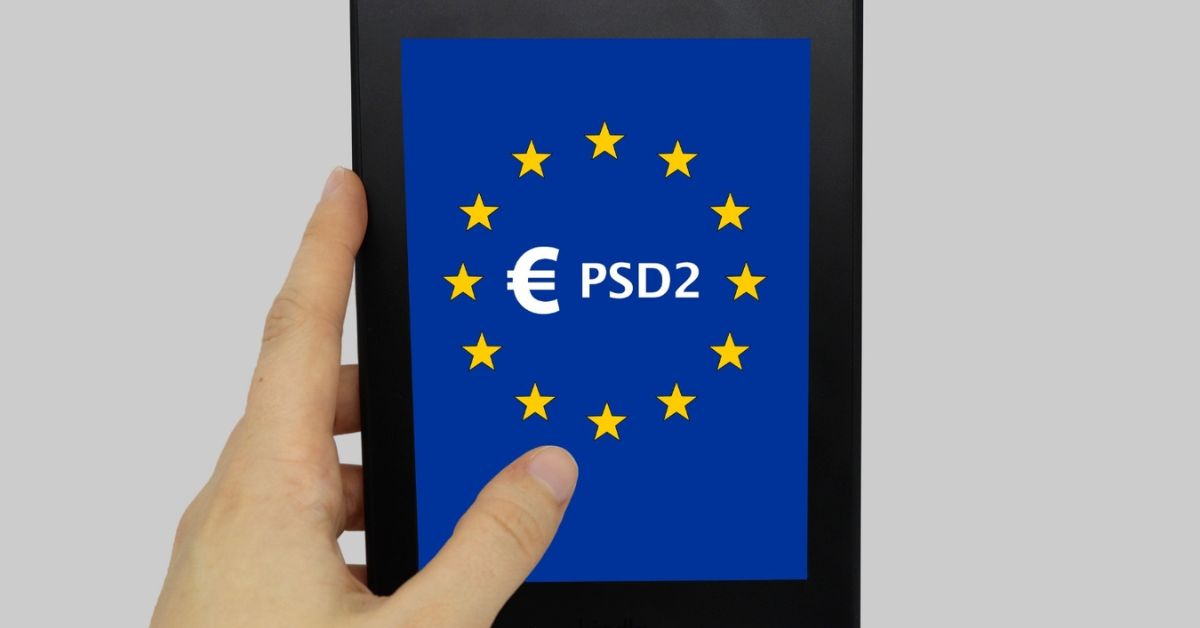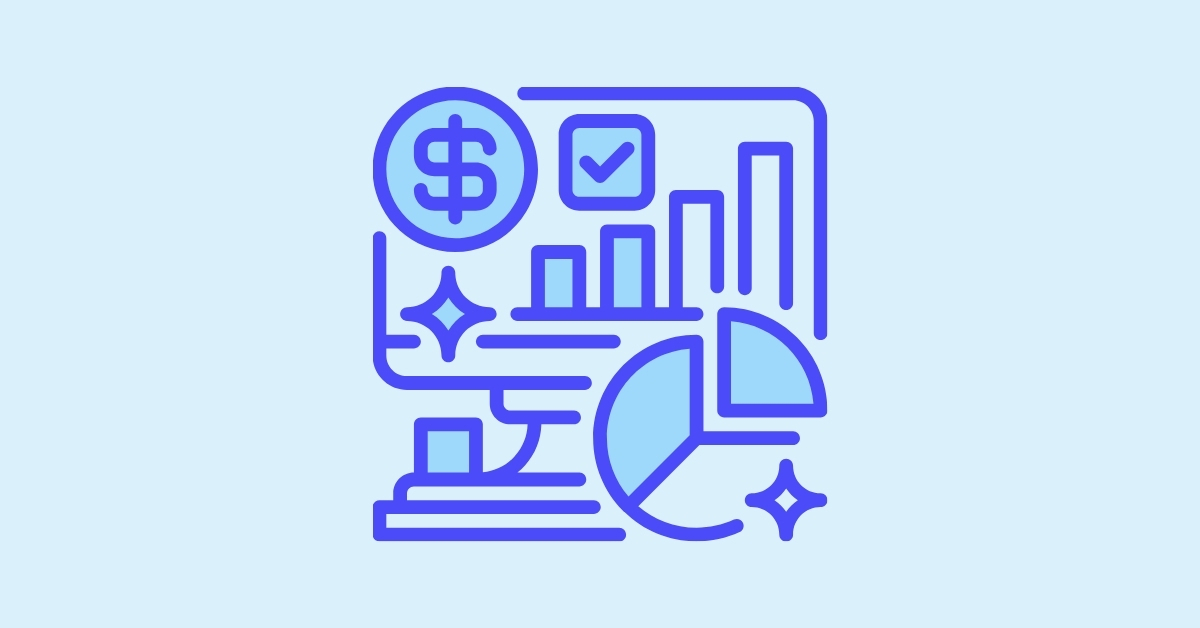Introduction
The Payment Services Directive 2 (PSD2), introduced by the European Union (EU) in 2018, has been a significant turning point for the banking industry. PSD2 aims to improve payment services, enhance competition, and promote innovation by allowing third-party providers (TPPs) to access bank customers’ financial information with their consent. This directive is a key enabler of open banking, a concept that allows consumers to securely share their financial data with other companies to access better, more personalized services. Let’s break down the PSD2 directive and explore its critical role in open banking.
What is PSD2?
PSD2 is an EU regulation that overhauls the first Payment Services Directive (PSD1) and focuses on improving the safety, transparency, and accessibility of online payments. The primary goals of PSD2 are to:
Increase consumer protection in the digital payment space.
Promote innovation by allowing non-bank companies to provide financial services.
Enhance security for electronic payments by introducing strong customer authentication (SCA).
Under PSD2, banks must open their payment services and account information to authorized third-party providers (TPPs), provided customers consent. This shift is pivotal in creating a more competitive and consumer-friendly environment within financial services.
PSD2 and Open Banking
Open banking is a system where banks share their financial data with licensed third parties via secure Application Programming Interfaces (APIs). Data sharing allows consumers to access a broader range of services, such as budgeting tools, personal finance management apps, and alternative payment options. PSD2 lays the regulatory framework that makes open banking possible by mandating that banks provide secure access to third-party account data.
Why it matters:
Consumer empowerment: Open banking gives customers more control over their financial data and allows them to choose the best financial products and services based on their preferences.
Innovation: PSD2 fosters innovation and the development of new fintech solutions by opening up financial data to third-party providers.
Key Provisions of PSD2
Strong Customer Authentication (SCA)
PSD2 mandates that all electronic payments undergo two-factor authentication to prevent fraud. This includes using at least two of the following: something the user knows (e.g., a password), something the user has (e.g., a mobile device), or something the user is (e.g., biometric recognition).
Access to Payment Accounts
PSD2 requires banks to provide third-party providers access to payment accounts via secure APIs. This access allows customers to share their data with third-party services to enhance their financial experiences, such as transferring funds or checking balances.
Consumer Protection
PSD2 provides enhanced consumer protection by ensuring transparency in pricing, dispute resolution, and fraud prevention. Consumers can now request their banks to reverse unauthorized payments under specific conditions.
The Future of Open Banking Post-PSD2
PSD2 is transforming how consumers interact with their financial institutions and setting the stage for the further digitalization of banking services. As the open banking ecosystem evolves, customers will have access to more personalized financial solutions. The financial technology (fintech) sector will likely disrupt traditional banking models.
Why it matters:
Better financial products: PSD2 and open banking create space for new, innovative financial products that cater to individual consumer needs.
Improved competition: With more third-party providers entering the market, banks are pushed to offer more competitive services, benefiting the end consumer.
Conclusion
The PSD2 directive has played a pivotal role in enabling open banking, allowing third-party providers to access bank data securely and create innovative financial services. By enhancing consumer protection, promoting competition, and fostering technological innovation, PSD2 is shaping the future of the financial services industry. As open banking grows, consumers can expect more tailored and flexible financial products that meet their needs in an increasingly digital world.
#PSD2 #OpenBanking #FinancialInnovation #BankingRevolution #Fintech #CustomerEmpowerment #SecurePayments #DigitalBanking #EURegulations #FutureOfBanking



